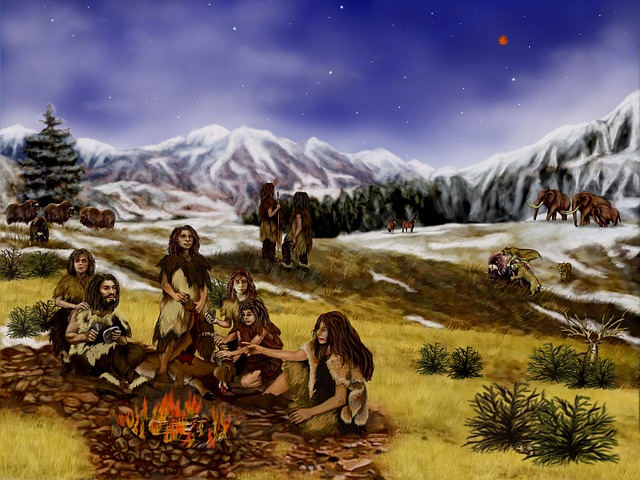Knowledge and Skills Obsolescence in the Air Quality Sector
As technology advances, the collection of human knowledge expands and the skills necessary for living in a functioning society eventually get replaced with new ones that did not exist before. Thousands of years ago, the time for the sum total of human knowledge to be replaced and skills to become obsolete was many decades to centuries. Then there came the civilizations of Egypt, Babylon, Persia, Greece, and Rome in the west and Shang, Zhou, and Han dynasties in the east, and more in the Americas and Africa. Technology was advancing society to where knowledge and skills were being replaced within a few decades to a century or two. Over time, the period when knowledge and skills overturn has gotten shorter and shorter, to the point where this replacement is happening multiple times within our lifetime.
I have personally experienced this accelerated growth in necessary knowledge and skills a few times during my education and professional career. In the early 1980’s, the last chapter of my heat transfer textbook covered a few topics that were “beyond the scope” for an undergraduate engineering degree. Three years later, those same topics were moved to the front of the text and were required for the same degree. Today, it is difficult to obtain a physical textbook as they are mostly available online since new topics are replacing or are being added to the existing topics faster than books can be re-worked and reprinted.
So why am I bringing up this advancement of technology and growth in knowledge and skills? When I first started as a dispersion modeler in the 1990’s, the models were run on PCs, as that was the state of technology at the time. The input and output files were created and generated electronically and stored on electronic media, e.g. floppy discs or hard drives. A lot of the content of these files was not easily readable by humans, at least the humans I knew at the time, so the model input and output were printed to paper. The typical dispersion modeling submittal arrived at a regulatory agency in boxes; sometimes in dozens of boxes.
So where am I going with the trip down Nostalgia Avenue? Take a look around and examine the process we are currently going through. It isn’t much different than it was in the 1990’s. The dispersion model runs are, for the most part, still run on PCs, though they are faster. Air quality analysis (AQA) reports, are still submitted in paper form (I consider PDFs a form of paper). We are still physically gathering and manipulating all the data needed to perform a dispersion modeling analysis. Though monochromatic displays are hard to find today, we still view and review modeling input and output with the same interfaces as before. Very little has changed in the last 30 years.
There is a better way and a modern approach on the horizon. NaviKnow invites you to attend the 4C HSC Conference on February 6-8, 2019 in Austin, Texas to see and learn about what NaviKnow has done, is doing, and will be doing in the near future to bring the dispersion modeling community into the 21st century. At the conference, NaviKnow is providing three opportunities to move us all forward:
- A Modern Approach to Dispersion Modeling (30-minute presentation)
- A Roadmap to the Future of Air Quality Permitting (2-hour training course)
- Practical Dispersion Modeling (4-hour workshop)
We encourage you to attend the conference and visit with us at the presentations and courses we have available. Whether you attend the conference or not, we always want your input, feedback, and comments on all topics related to air quality modeling and permitting.
